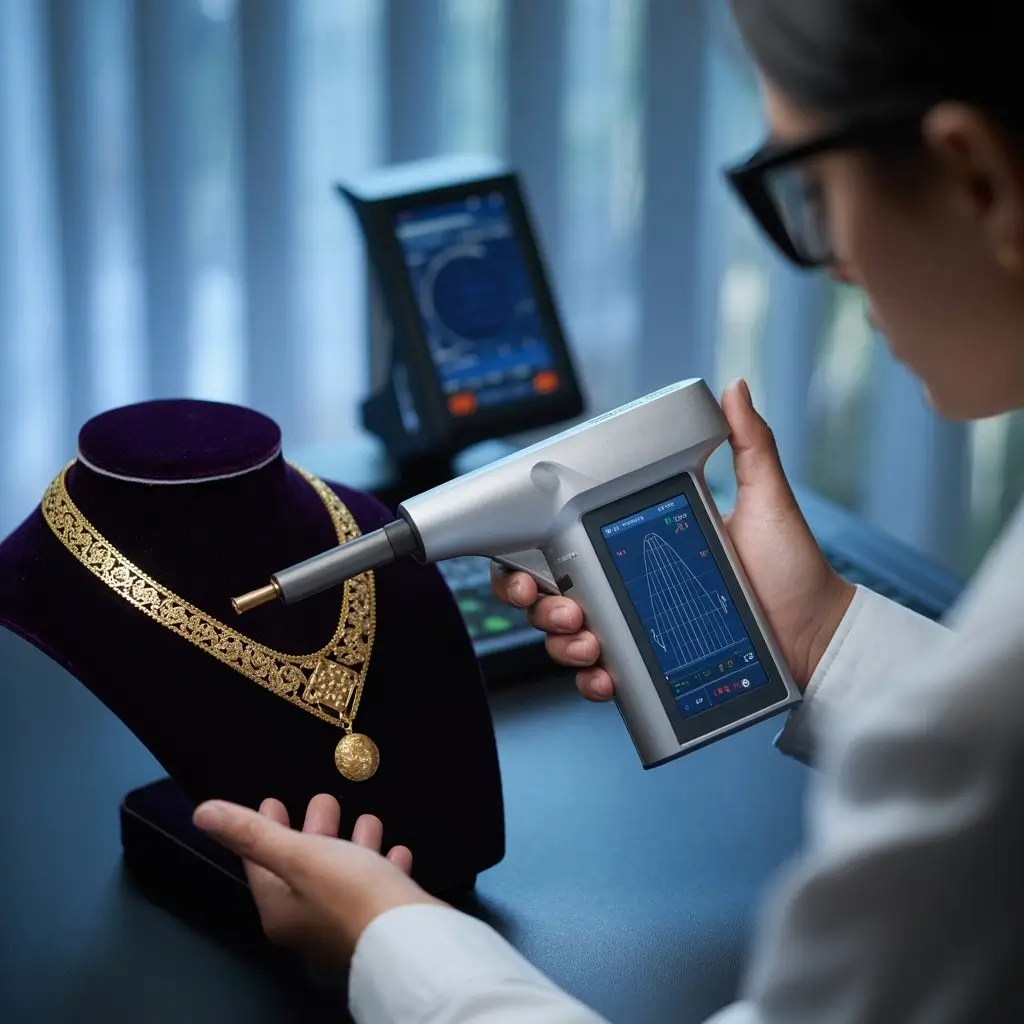
Gold analysis relies on advanced non-destructive techniques such as X-ray fluorescence (XRF), spectrophotometry, ultrasonic testing, and thermal conductivity devices to determine the composition of jewelry with remarkable precision. XRF, for example, achieves reproducible precision values as low as 0.06% Para 0.07% for gold concentration, even on small jewelry surfaces. These methods protect the integrity of jewelry, ensuring collectors and professionals maintain both sentimental and market value. Non-destructive gold analysis avoids the irreversible damage caused by fire assay or acid testing, which can destroy or devalue jewelry. Preserving jewelry during testing is essential for antiques, inherited pieces, and items with historical importance. Non-destructive options allow for rapid, confiável, and safe gold analysis, making them the preferred choice for evaluating jewelry.
Non-destructive methods like XRF analyze gold content in jewelry without damaging the piece.
Traditional destructive tests, such as fire assay, require melting and destroy the jewelry, making them unsuitable when preserving value matters.
Key Takeaways
Non-destructive gold testing methods protect jewelry by analyzing purity without causing damage, preserving both appearance and value.
Fluorescência de raios X (XRF) stands out as a fast, preciso, and reliable technique widely used for safe gold analysis in jewelry and coins.
Combining methods like ultrasonic testing and thermal conductivity improves detection of hidden flaws and confirms gold authenticity.
Traditional destructive tests, such as fire assay and acid tests, can harm jewelry and reduce its value, making non-destructive options preferable.
Professional testing ensures the highest accuracy and protects valuable or antique pieces, while at-home kits often lack precision and reliability.
Why Non-destructive Testing?
Preserving Value
Non-destructive testing plays a vital role in the world of jewelry. Many collectors, jewelers, and investors want to keep their pieces in perfect condition. They know that even a small scratch or mark can lower the value of a rare item. When a person brings a piece of jewelry for valuation, they expect the process to protect both the appearance and the history of the item. Non-destructive testing allows experts to check gold purity and composition without harming the jewelry. This method keeps the original finish, design, and any unique features safe.
The demand for safe and accurate valuation has grown quickly. In 2023, the global market for gold purity testing machines reached about USD 1.2 billion. Experts predict this number will rise to nearly USD 2.1 billion by 2032. This growth shows that more people want reliable and non-invasive ways to test jewelry. New technology makes these tests faster and easier, which helps jewelers and collectors trust the results. As a result, non-destructive testing has become the top choice for anyone who wants to protect the value of their jewelry during valuation.
Risks of Destructive Methods
Traditional gold testing methods, such as acid tests or fire assays, often damage jewelry. These tests may require scraping, cutting, or even melting parts of the item. Once a piece of jewelry goes through a destructive test, it can lose its original look and much of its value. Antique jewelry and family heirlooms are especially at risk. A single destructive test can erase years of history and craftsmanship.
Destructive methods also make it hard to perform repeat valuations. After a piece has been altered, future experts may not be able to check its true worth. Many collectors and jewelers now avoid these old methods. They choose non-destructive testing to keep their jewelry safe and to make sure each valuation is accurate and repeatable. This approach helps preserve both the beauty and the value of every piece.
Leading Non-destructive Gold Analysis Techniques
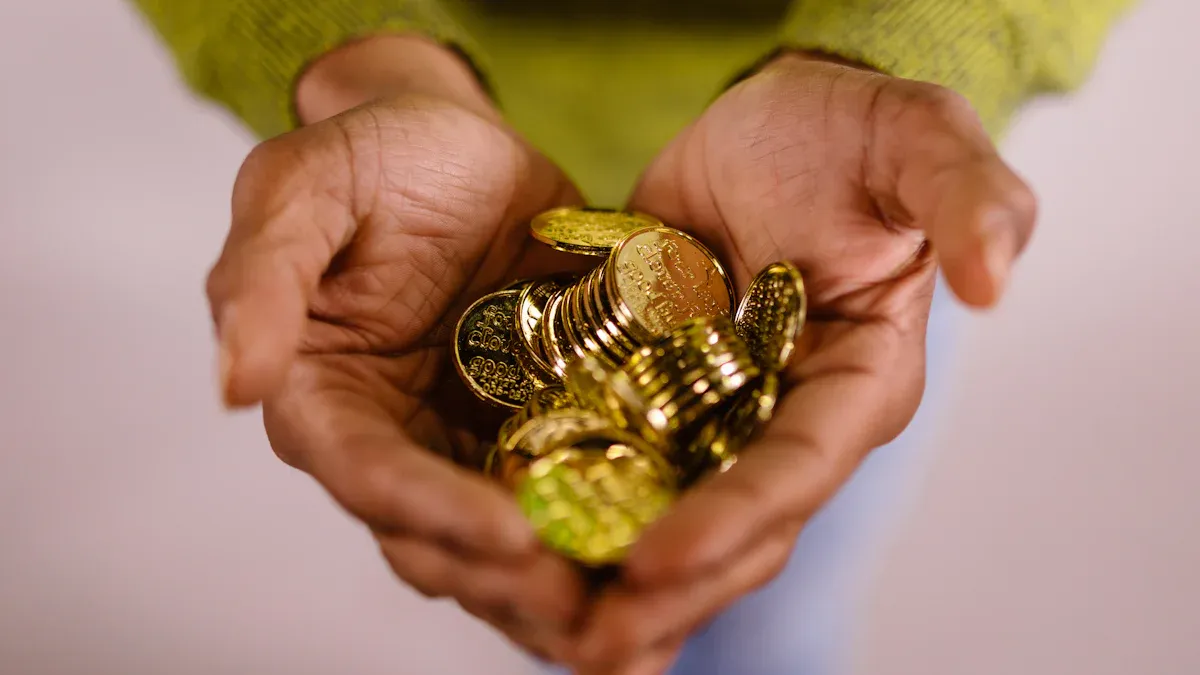
Modern gold analysis relies on several advanced non-destructive assays. These methods help jewelers, collectors, and professionals determine gold content and purity in jewelry without causing any harm. Each technique offers unique strengths for valuation, authenticity checks, and preserving the integrity of valuable items.
Note: The touchstone method, while less damaging than acid or fire assays, still requires minor abrasion and is only considered relatively non-destructive. For high-value jewelry, truly non-destructive assays are preferred.
X-ray Fluorescence (XRF)
X-ray fluorescence stands out as a leading tool for gold analysis in jewelry. This method uses high-energy X-rays to excite atoms in the sample, fazendo com que eles emitam raios-X secundários. By measuring these emissions, XRF devices can quickly and accurately determine gold content and purity. Energy-dispersive x-ray spectroscopy, a form of XRF, allows for rapid, multi-element analysis with no sample preparation.
Spectrophotometry
Spectrophotometry offers another non-destructive option for gold analysis in jewelry. This method measures how much light a sample absorbs at different wavelengths. The results help determine the concentration of gold and other metals present. Spectrophotometric assays provide high sensitivity and reproducibility, making them suitable for both routine and detailed valuation.
Statistical validation supports the reliability of spectrophotometric analysis. Paired t-tests, limits of detection, and certified reference materials confirm accuracy. For platinum and palladium, relative standard deviations (RSD) remain between ±3–10% at low concentrations. Gold shows more variability due to sample differences, not method flaws. Internal standard recoveries stay stable across many samples, proving the method’s robustness. Spectrophotometry works well for precious metal quantification, especially when paired with other non-destructive assays.
Ultrasonic Testing
Ultrasonic testing uses high-frequency sound waves to inspect the internal structure of gold jewelry and bullion. This method detects voids, fraudulent inserts, or inconsistencies without damaging the item. Ultrasonic flaw detectors send sound waves through the gold; echoes from internal boundaries reveal any hidden defects.
Ultrasonic testing measures thickness at different points, helping experts find hollow areas or non-uniform layers. The devices are portable and allow for quick, on-site valuation of jewelry and bullion. When combined with XRF, ultrasonic testing ensures both the composition and structural integrity of gold items. This approach increases confidence in the authenticity and purity of high-value jewelry.
Ultrasonic testing preserves the original condition of jewelry.
It identifies major anomalies, such as tungsten inserts or hollow spaces.
The method is effective for gold and other precious metals.
Thermal Conductivity
Thermal conductivity methods, including step heating and pulsed thermography, help verify the authenticity and purity of gold jewelry. These techniques measure how heat moves through the metal. Pure gold has a unique thermal profile, so deviations can signal impurities or counterfeit materials.
Method | Damage Detection Efficiency | Average Defect Size Estimation Error |
|---|---|---|
Step Heating | 94% | 37.73% |
Pulsed Thermography | 88% | 16.64% |
Pulsed thermography, in particular, offers high detection efficiency and low error rates for defect size estimation. These methods work well for non-destructive gold analysis, especially when checking for hidden flaws or verifying the uniformity of jewelry. Thermal conductivity testing supports fast and reliable valuation, making it a valuable tool for jewelers.
How Non-destructive Assays Work
XRF Principles
Fluorescência de raios X (XRF) plays a central role in precious metal valuation for jewelry. This method uses a primary X-ray source to excite atoms in the jewelry. The atoms emit secondary X-rays, which the device detects. The analyzer measures the energy and intensity of these X-rays to determine gold content and purity. XRF can test up to 22 elements in seconds, making it ideal for rapid jewelry valuation. The process does not require any sample preparation, so the jewelry remains unharmed. Quantitative studies show that modern XRF devices achieve high accuracy, with standard deviations as low as 0.03% for gold and other metals.
Measurement Aspect | Gold (Unidade astronômica) | Silver (Ag) | Copper (Cu) |
|---|---|---|---|
Average Concentration (%) | 51.73 | 10.55 | 31.66 |
Standard Deviation (%) | 0.04 | 0.03 | 0.04 |
Certified Value (%) | 51.67 | 10.54 | 31.40 |
Spectrophotometry Process
Spectrophotometry supports precious metal valuation by measuring how much light the jewelry reflects. Each gold sample has a unique spectral reflectance curve (SRC). The SRC provides a numerical value for color, which helps experts compare jewelry against known standards for different karat levels. This process allows for consistent purity checks and helps distinguish solid gold from plated items. The method’s accuracy comes from comparing SRC values to established ranges for authentic gold. Spectrophotometry can detect impurities on the surface, but it only analyzes the outer layer. This limitation means it works best when paired with other precious metal valuation techniques for a more detailed analysis.
Measures reflected light to create a spectral reflectance curve.
Compares SRC to known standards for karat and purity.
Detects surface impurities and distinguishes solid from plated jewelry.
Provides objective, repeatable results for precious metal valuation.
Ultrasonic and Thermal Methods
Ultrasonic and thermal conductivity methods add another layer to precious metal valuation for jewelry. Ultrasonic testing sends sound waves through the jewelry and measures how the waves reflect inside. This process detects changes in material consistency, which helps identify counterfeit or plated jewelry. Thermal conductivity testing uses a heat sensor to measure how quickly the jewelry conducts heat. Each precious metal has a unique thermal profile, so experts can identify gold and check for impurities. Both methods are non-destructive and reliable. Ultrasonic testing excels at finding hidden flaws, while thermal testing confirms purity when tested at multiple spots. These techniques ensure accurate valuation and help maintain the integrity of jewelry during precious metal valuation.
Gold Testing: Accuracy and Limitations
Precision of Non-destructive Methods
Non-destructive gold testing methods deliver high precision for jewelry and precious metal valuation. Fluorescência de raios X (XRF) stands out for its ability to determine gold purity with accuracy up to 99.99%. Modern XRF analyzers match certified reference standards for gold alloy jewelry. This level of precision supports accurate precious metal valuation for both new and antique jewelry. Gamma Activation Analysis (GAA) also provides reliable results, with systematic errors estimated at only 5% relative for gold. GAA uses a hybrid calibration method, combining simulations and reference samples, to ensure accurate precious metal valuation. Energy Dispersive X-ray Fluorescence (ED-XRF) systems confirm their effectiveness by detecting silver and copper in alloys, making them suitable for jewelry and historical coins. These methods allow professionals to perform gold testing and precious metal valuation without damaging the jewelry, ensuring the purity and value remain intact.
Professionals rely on these advanced tools for accurate precious metal valuation, especially when jewelry must remain unaltered.
Limitations and Considerations
Despite their strengths, non-destructive gold testing methods have limitations. Home-based tests, such as magnet tests and electronic gold testers, often fail to provide accurate precious metal valuation. The magnet test cannot detect non-magnetic fake alloys, and electronic testers may not reveal impurities or layered metals. Acid tests, while more advanced, can damage jewelry and yield subjective results, making them less suitable for accurate precious metal valuation. Visual inspection and weight comparison do not guarantee authenticity, especially for counterfeit jewelry. For legal or financial purposes, only professional lab testing ensures accurate precious metal valuation and gold testing.
NDT Method | |
|---|---|
Scanning Acoustic Microscopy (SAM) | Poor resolution at micron levels; limited penetration depth; not ideal for jewelry valuation |
Thermography | Sensitive to thermal noise; limited inspection depth; risk of overheating jewelry |
X-Ray | Conventional methods have long processing times; some are destructive |
Professionals must consider these factors when selecting a gold testing method for jewelry. Accurate precious metal valuation depends on both the technology and the expertise of the operator. For high-value jewelry, combining multiple non-destructive methods often yields the most reliable results for purity and valuation.
Comparing Non-destructive and Traditional Methods
Acid and Touchstone Tests
Acid and touchstone tests remain common in jewelry shops for quick checks of gold purity. Jewelers rub the jewelry on a dark stone, then apply acid to the mark. The reaction helps estimate purity. These assays cost little and require minimal equipment. Contudo, they can scratch or damage jewelry, which lowers its value. Acid tests often give only rough estimates of purity and may not detect gold plating or filled items. For high-value jewelry, these methods do not meet modern standards for precious metal valuation. Many jewelers now prefer electronic or X-ray-based assays for more reliable results and better preservation of jewelry.
Fire Assay Overview
Fire assay stands as the oldest and most trusted method for gold purity analysis. Laboratories use this process to melt jewelry and separate gold from other metals. Fire assay delivers unmatched accuracy for precious metal valuation, often serving as the reference for other assays. Contudo, this method destroys the jewelry, making it unsuitable for antiques or unique pieces. The process takes hours and requires skilled technicians. Fire assay also involves hazardous chemicals, which pose environmental and safety risks. For most jewelry, especially items with sentimental or historical value, fire assay is not practical for routine valuation.
Comparison Table
The following table highlights the main differences between fire assay and non-destructive electronic testing, such as XRF, for jewelry:
Aspect | Fire Assay (Traditional) | Non-Destructive Electronic Testing (por exemplo,, XRF) |
|---|---|---|
Exatidão | High accuracy, expert handling needed | High precision, minimal error margin |
Destructiveness | Destroys jewelry | Preserves jewelry and coins |
Speed | Slow, hours required | Rápido, results in minutes |
Risk of Human Error | High, manual steps | Low, automated process |
Detection of Fakes | Limited, surface-only | Advanced, detects hidden impurities |
Environmental Impact | Harmful chemicals, waste | Eco-friendly, no toxic chemicals |
Operational Efficiency | Labor-intensive, slow workflow | Efficient, improves customer service |
Recent studies show that portable XRF analyzers achieve accuracy within 0.1 Para 0.2% of fire assay results for large, flat jewelry. For small or irregular pieces, accuracy remains within 0.5 weight percent. XRF and ultrasonic testing now lead the industry for precious metal valuation, offering quick, preciso, and safe analysis. Trends in laboratory testing confirm that jewelers and collectors increasingly choose non-destructive methods to balance purity, valuation, and preservation of jewelry.
Choosing the Right Gold Analysis Method
Jewelry and Antiques
Selecting the best gold testing method for jewelry and antiques requires careful consideration. Many collectors and appraisers want to protect the appearance and history of each piece. Non-destructive techniques, such as Fluorescência de raios X and spectrophotometry, offer accurate precious metal valuation without harming the jewelry. These methods check purity and composition while keeping the original design safe. Ultrasonic testing can reveal hidden flaws in antique jewelry. Experts recommend combining several non-destructive tests for the most reliable valuation. This approach ensures accurate precious metal valuation and helps preserve both the value and the story of each item.
Tip: For inherited or antique jewelry, always choose non-destructive gold testing to avoid permanent damage.
Coins and Bars
Coins and bars require different gold testing strategies. Many investors focus on purity and authenticity. X-ray fluorescence devices provide fast and accurate precious metal valuation for coins and bullion. These tools detect counterfeit materials and confirm the purity of each item. Thermal conductivity testing also helps with catching counterfeit bullion. Professionals often use a combination of methods to ensure accurate precious metal valuation. This process protects investments and builds trust in the market.
Professional vs. At-home Testing
Professional gold testing delivers the highest level of accuracy for precious metal valuation. Trained experts use advanced equipment to check purity and provide reliable valuation. At-home kits, such as acid tests or electronic testers, may not offer accurate precious metal valuation. These kits can miss impurities or counterfeit layers. For high-value jewelry or important valuation, professional testing remains the safest choice. Home tests may work for quick checks, but they cannot replace expert analysis for accurate precious metal valuation.
Note: Always seek professional gold testing for jewelry, antiques, or large investments to ensure the most accurate precious metal valuation.
Non-destructive gold analysis methods protect jewelry during precious metal valuation. These techniques deliver high accuracy for purity checks and support reliable valuation. The table below highlights the benefits of leading methods for jewelry and precious metal valuation:
Method | Exatidão | Destructive? | Key Benefits | Main Limitation |
|---|---|---|---|---|
X-Ray Fluorescence (XRF) | High | Não | Quick, accurate surface analysis, não destrutivo | Only assays surface, misses deeper impurities |
Laser-Induced Breakdown Spectroscopy (LIBS) | High | Não | Detailed elemental composition, não destrutivo | Surface-only analysis |
Optical Emission Spectrometry | High | Não | Highly accurate surface elemental analysis | Expensive, lab use only |
Eddy Current Testing | Moderate | Não | Evaluates surface and bulk properties, detects counterfeits | Can be fooled by similar conductivity alloys |
Ultrasonic Testing | High | Não | Detects internal voids or inclusions non-destructively | Mainly for bullion testing |
Jewelry owners should select a gold analysis method based on the item’s value, intended use, and context. For high-value jewelry, professional precious metal valuation ensures accurate purity results and preserves the item. Portable XRF and ultrasonic testing allow for safe, in situ jewelry valuation. Non-destructive methods help maintain jewelry integrity, support consumer safety, and provide trustworthy precious metal valuation. Jewelers, collectors, and buyers should always prioritize preservation and accuracy in jewelry purity testing. Consulting a professional for antique or high-value jewelry guarantees the best precious metal valuation and purity assessment.
FAQ
What is the safest way to test gold without damaging it?
Professionals recommend Fluorescência de raios X (XRF) for safe, non-destructive gold testing. This method analyzes gold content quickly and does not harm the item. XRF works well for coins, Bares, e jóias.
Can non-destructive tests detect fake gold?
Non-destructive tests, such as XRF and ultrasonic testing, can identify fake gold. These methods detect hidden materials or plating. They help experts confirm authenticity and protect buyers from counterfeit items.
How accurate are non-destructive gold analysis methods?
Modern non-destructive methods, like XRF, provide accuracy within 0.1% Para 0.5% of traditional fire assay results. These tests deliver reliable results for most gold items, including coins and antique pieces.
Are at-home gold testing kits reliable?
At-home kits, such as acid tests or electronic testers, often lack precision. They may not detect all impurities or counterfeit layers. For valuable items, professional testing remains the best choice.
Why do professionals prefer non-destructive testing for antiques?
Non-destructive testing preserves the original condition and value of antiques. Experts avoid damaging rare or historical pieces. This approach ensures accurate results and maintains the integrity of each item.
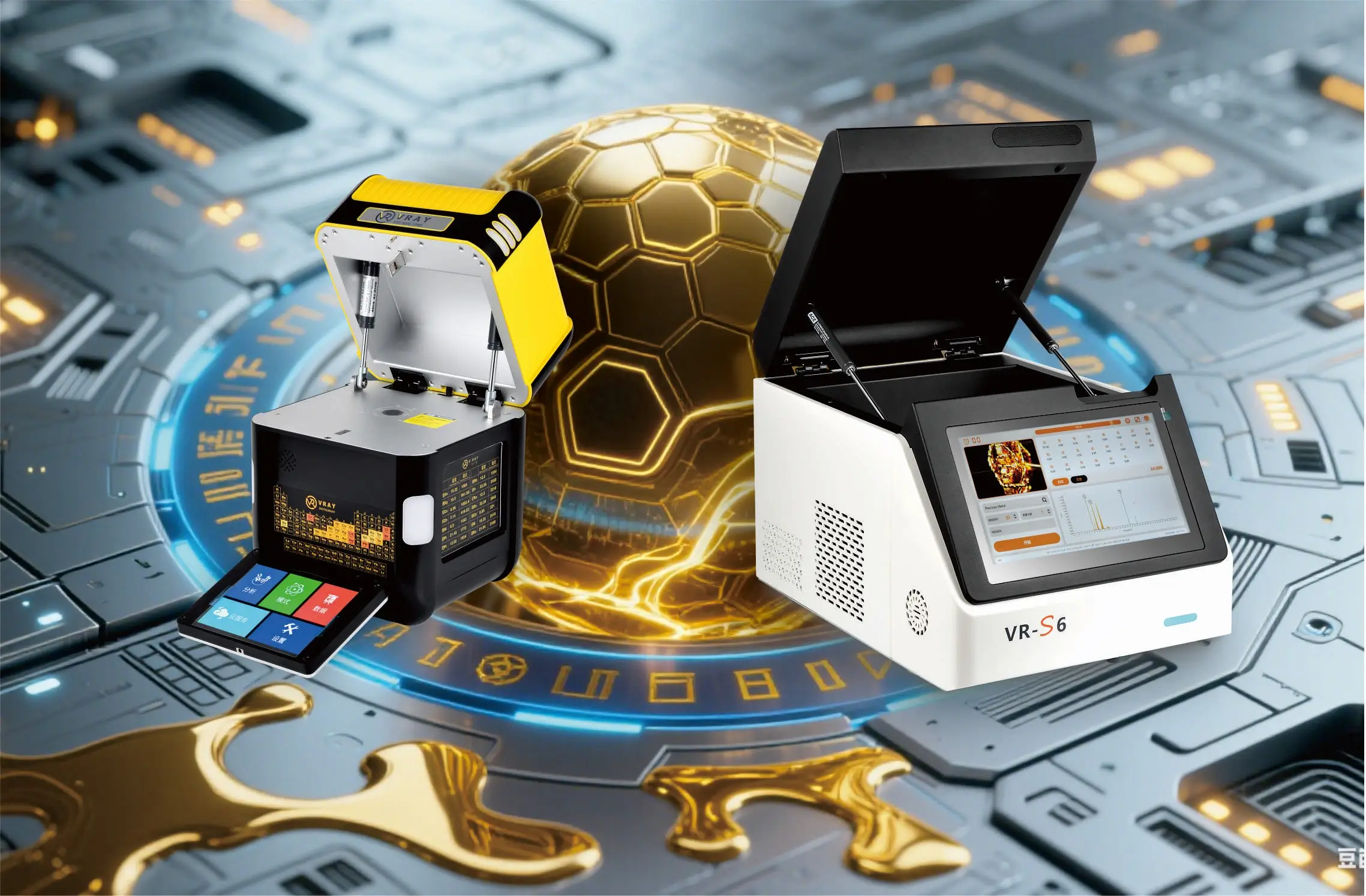
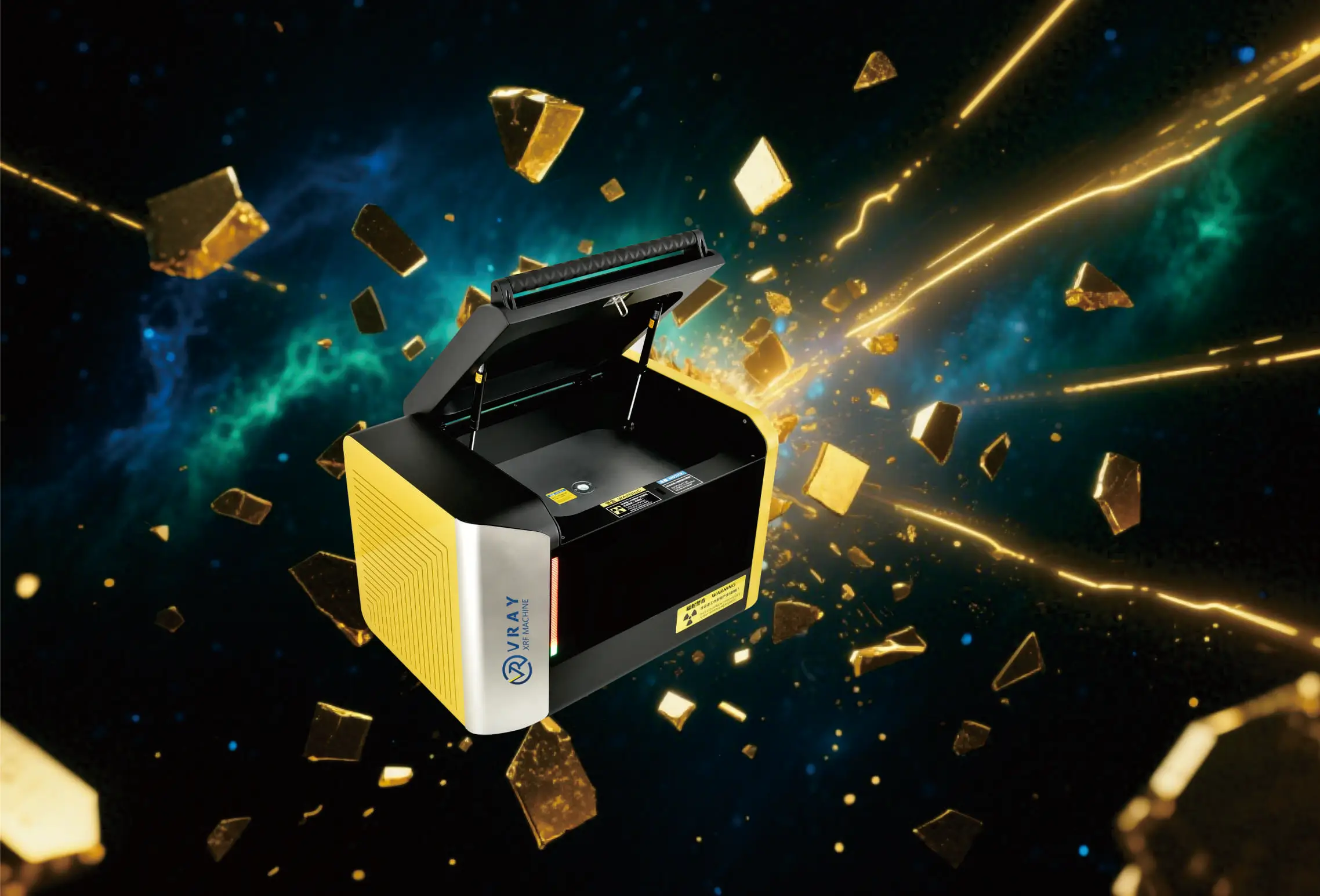
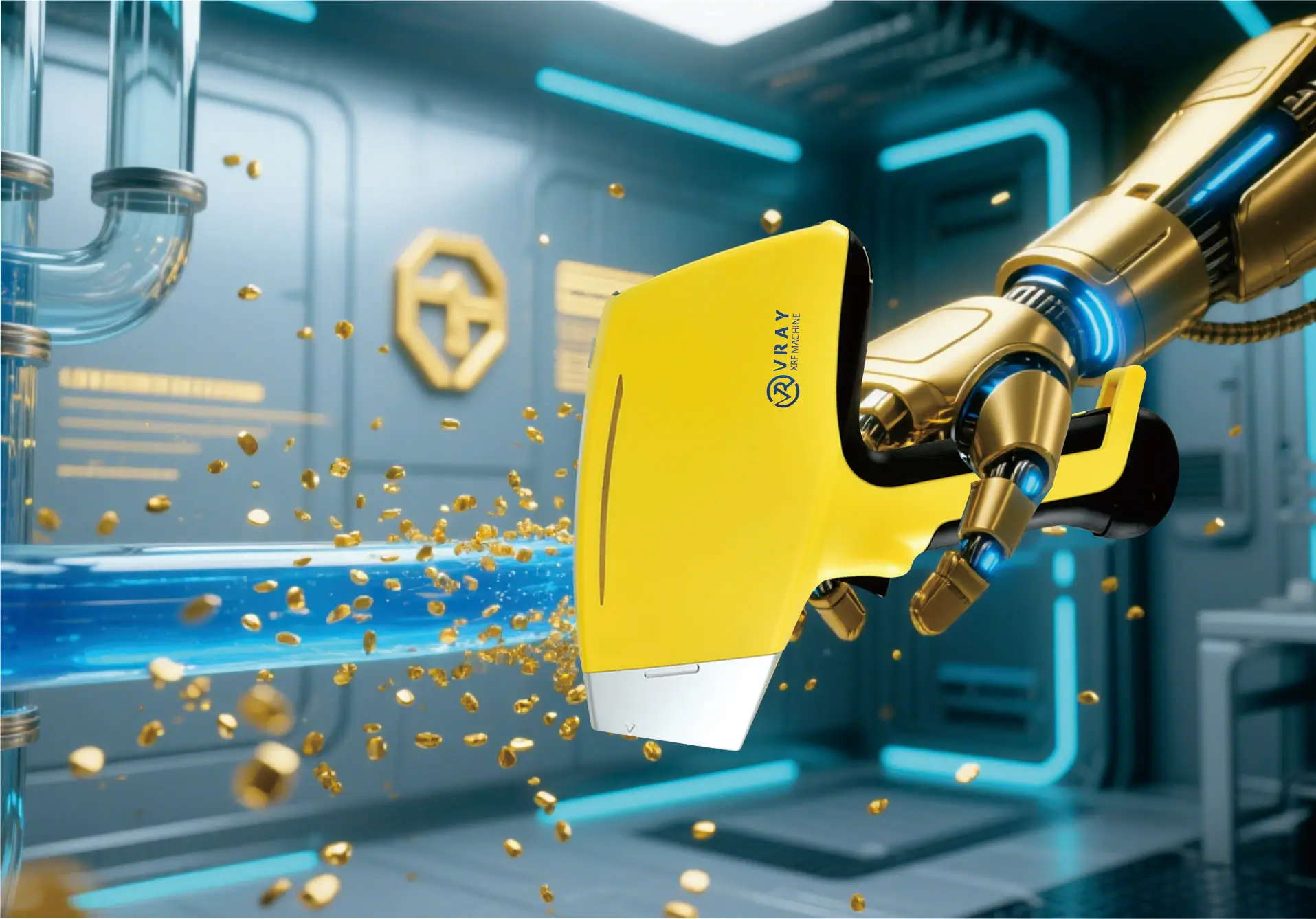
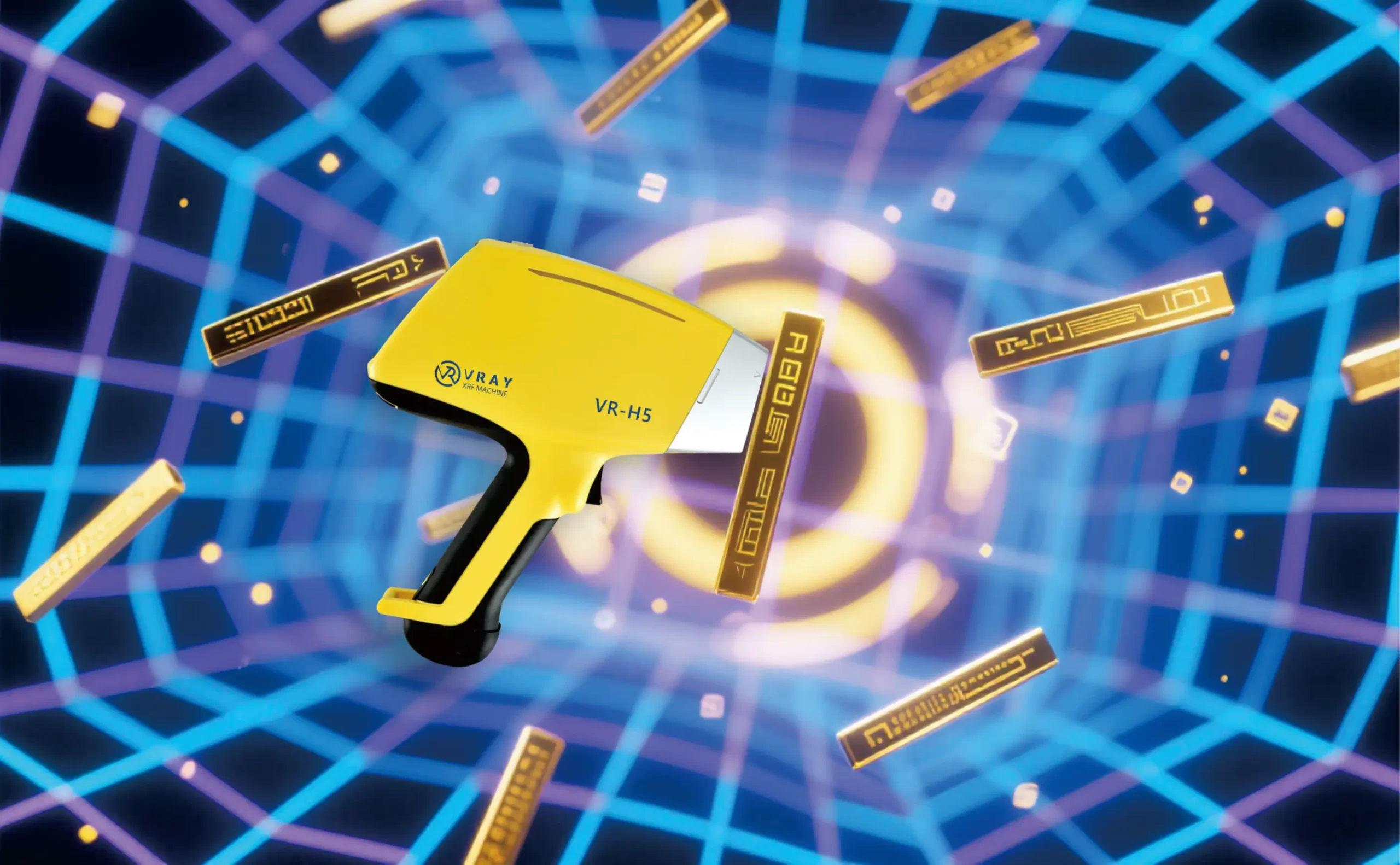
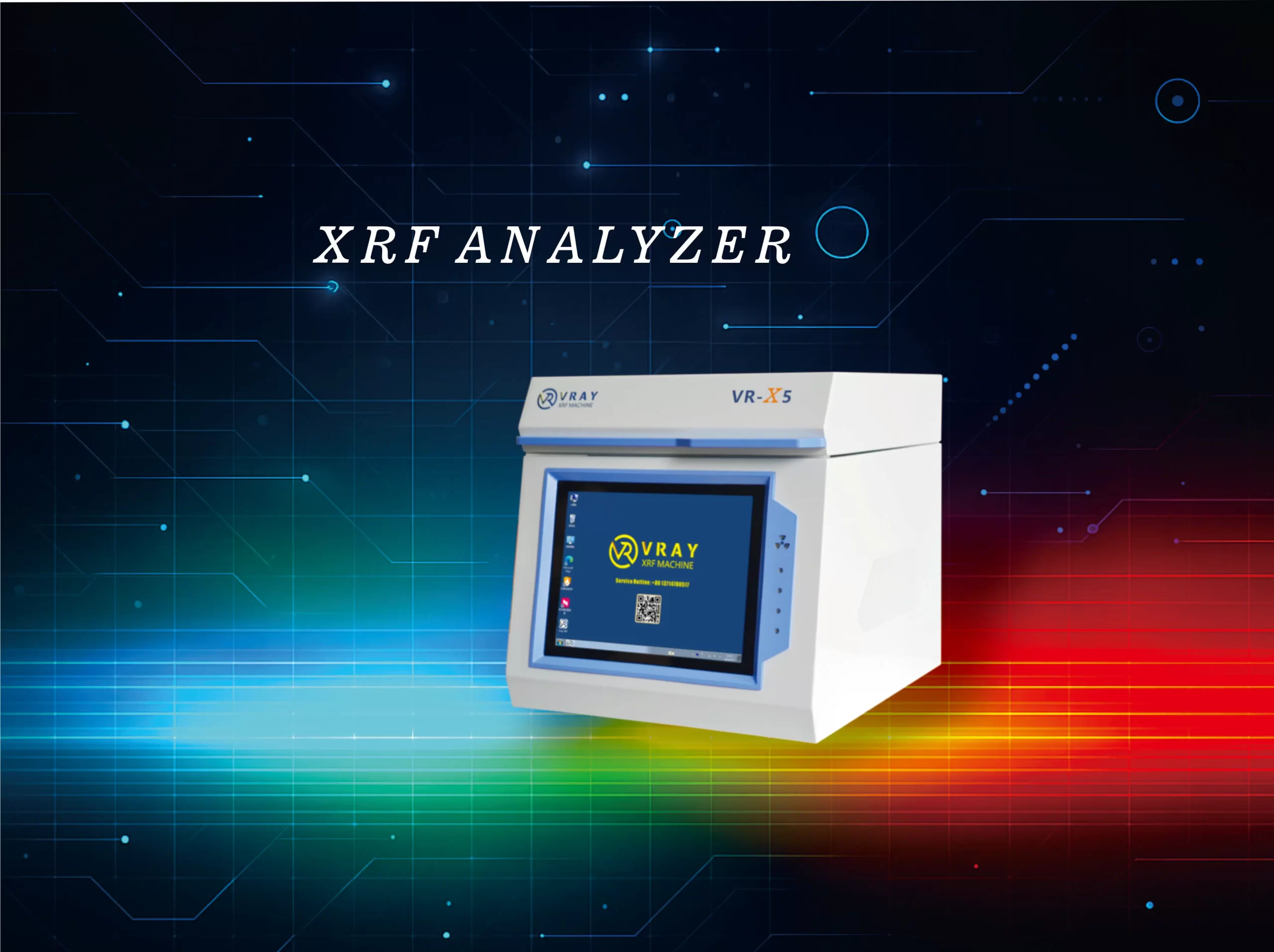

WhatsApp
Escaneie o QR Code para iniciar uma conversa no WhatsApp conosco.